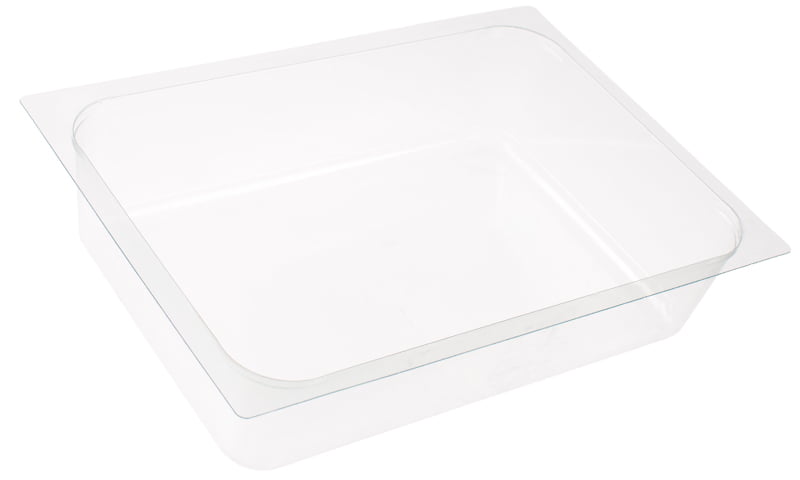
12 ม.ค. 3 COMMON PROBLEMS WITH ANTI-FOG COATINGS YOU NEED TO AVOID
As converters look to achieve clear packaging that meets consumer preferences for product visibility and extended shelf life, anti-fog coatings give them this capability. However, while anti-fog is designed to solve the problem of non-transparent packaging, many options come with problems of their own.
Find out what these common problems are and how to avoid them.
PROBLEM 1: PACKAGE OXYGEN BARRIER
Many flexible packaging lid stocks that offer anti-fog properties are polyethylene or polypropylene-based. However, polyester and polypropylene possess poor oxygen barriers, as depicted in this chart:
Substrate Oxygen Transmission Rate
OPP/CPP 1500 to 3000
LDPE 7000 to 8000
HDPE 2300 to 3100
*These values are at 73°F and 0% relative humidity. Units are cc/m2/24 hour.
Poor oxygen barriers mean that the product inside the package is more susceptible to oxygenation. This increases the likelihood that the food will decay more quickly as a result.
PROBLEM 2: PACKAGE COMPATIBILITY
Additionally, many anti-fog options are polyethylene or polypropylene-based solutions. This means they are not compatible with the commonly-used polyester tray stocks. This incompatibility means that the overall package cannot be recycled into one simple recycling stream nor contribute to sustainability.
PROBLEM 3: PROCESS COMPLEXITY
Further, many anti-fog options cause increased production complexity. For example, to achieve both the anti-fog capability and proper heat seal functionality, converters must use two different products and separate processing methods. Also, many anti-fog options are water-based. In addition to addition processing steps, it entails maintaining extra processing equipment as well as allowing for dry time.
This additional process complexity makes it difficult for converters to achieve clear packaging while meeting high output demands
anti-fog coatings
HOW TO AVOID THESE PROBLEMS
However, Bostik’s anti-fog coating eliminates these issues. Polyester-based, this coating offers superior oxygen transmission rate at 31 to 93 cc/m2/24 hours when at 73°F and 0% relative humidity. Additionally, as a polyester-based material, it is compatible with common tray stocks. This improves the recyclability levels of the overall package. Further, it offers both the anti-fog capability and heat seal functionality in one product. By decreasing processing steps, it is able to:
Streamline production processes
Reduce overall cost in use
ที่มา: https://industrial.bostik.com/3-common-problems-with-anti-fog-coatings-you-need-to-avoid/
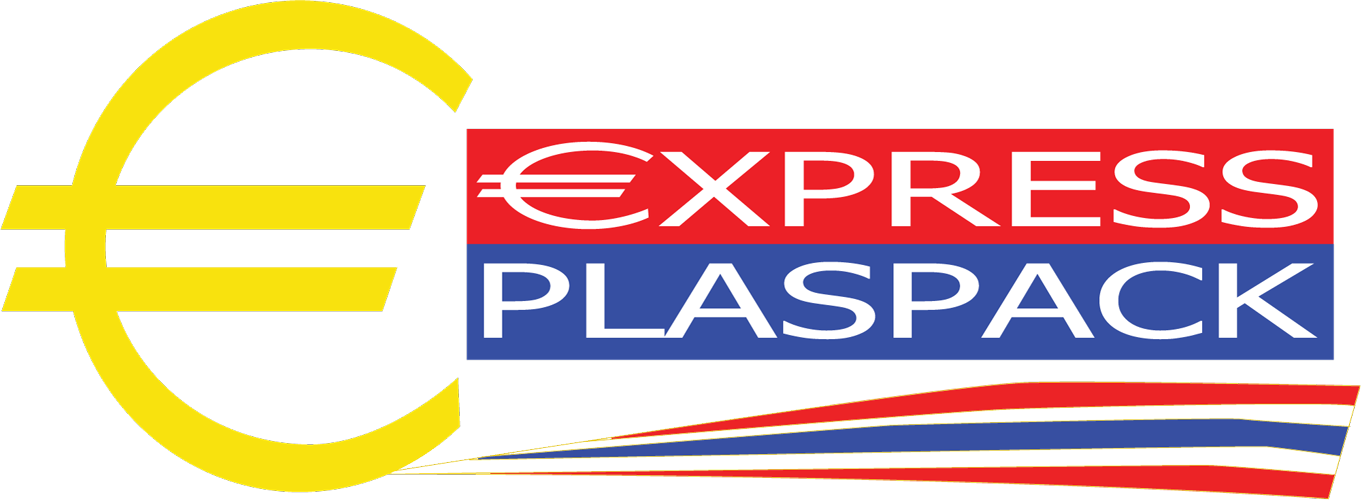



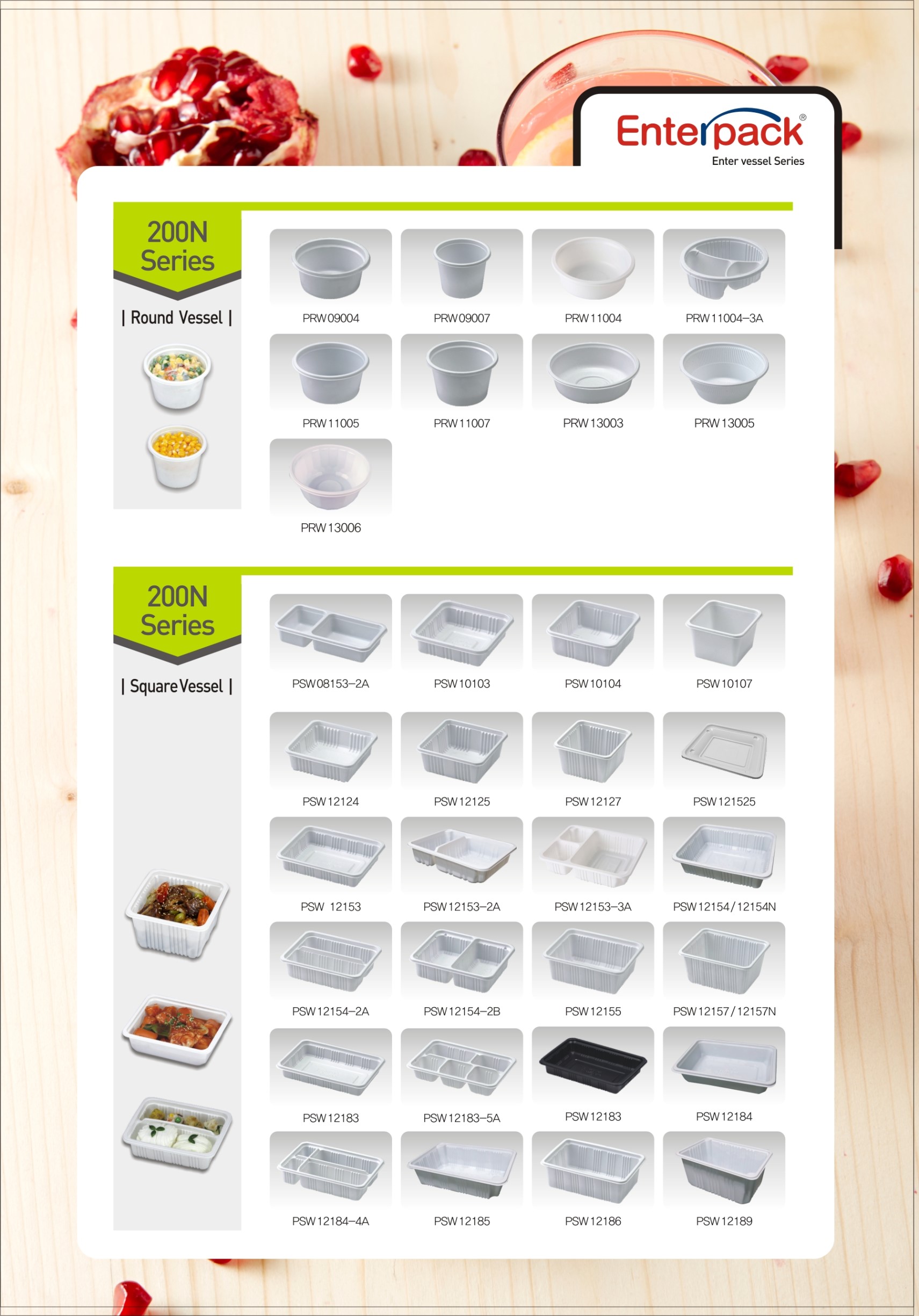
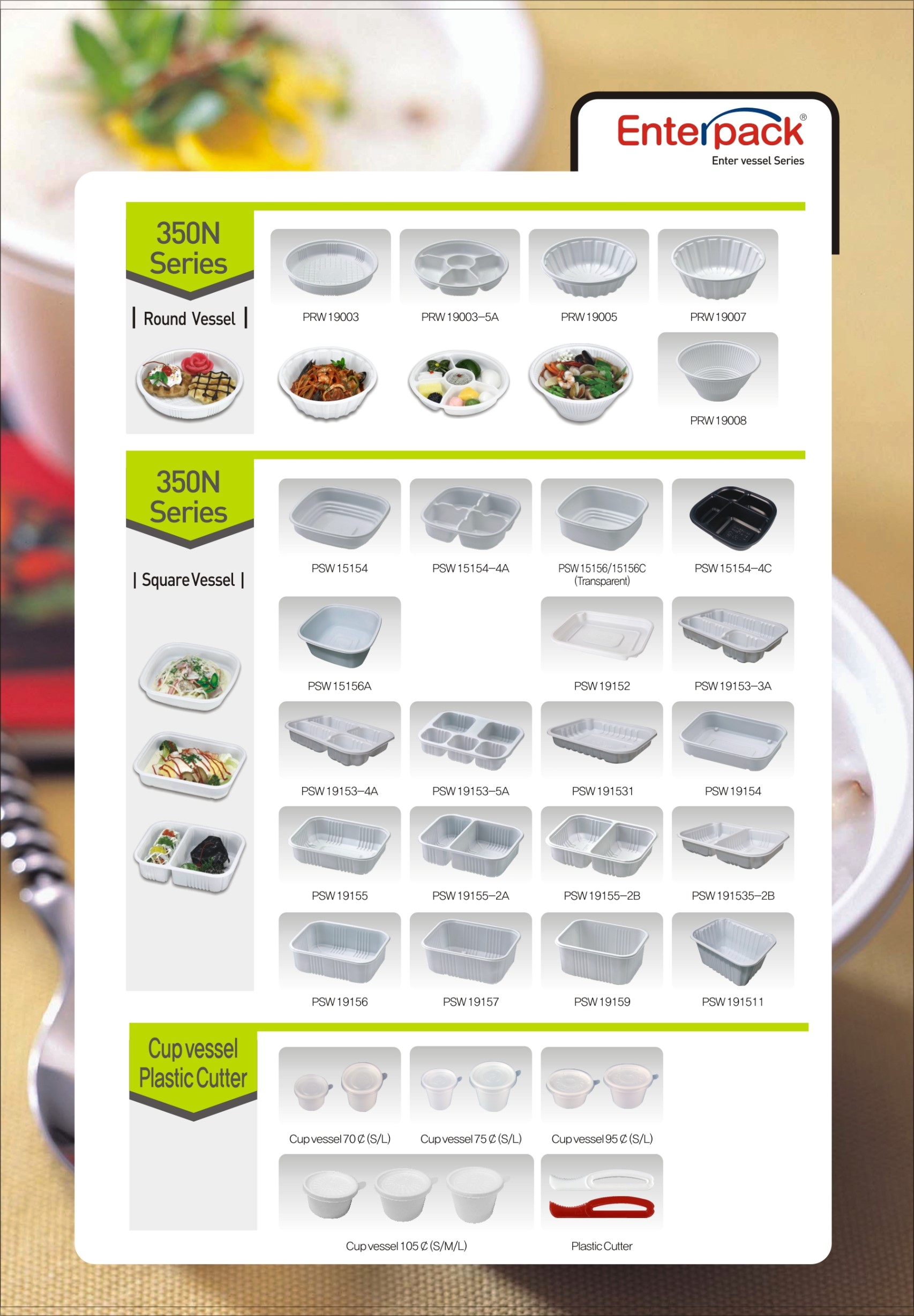
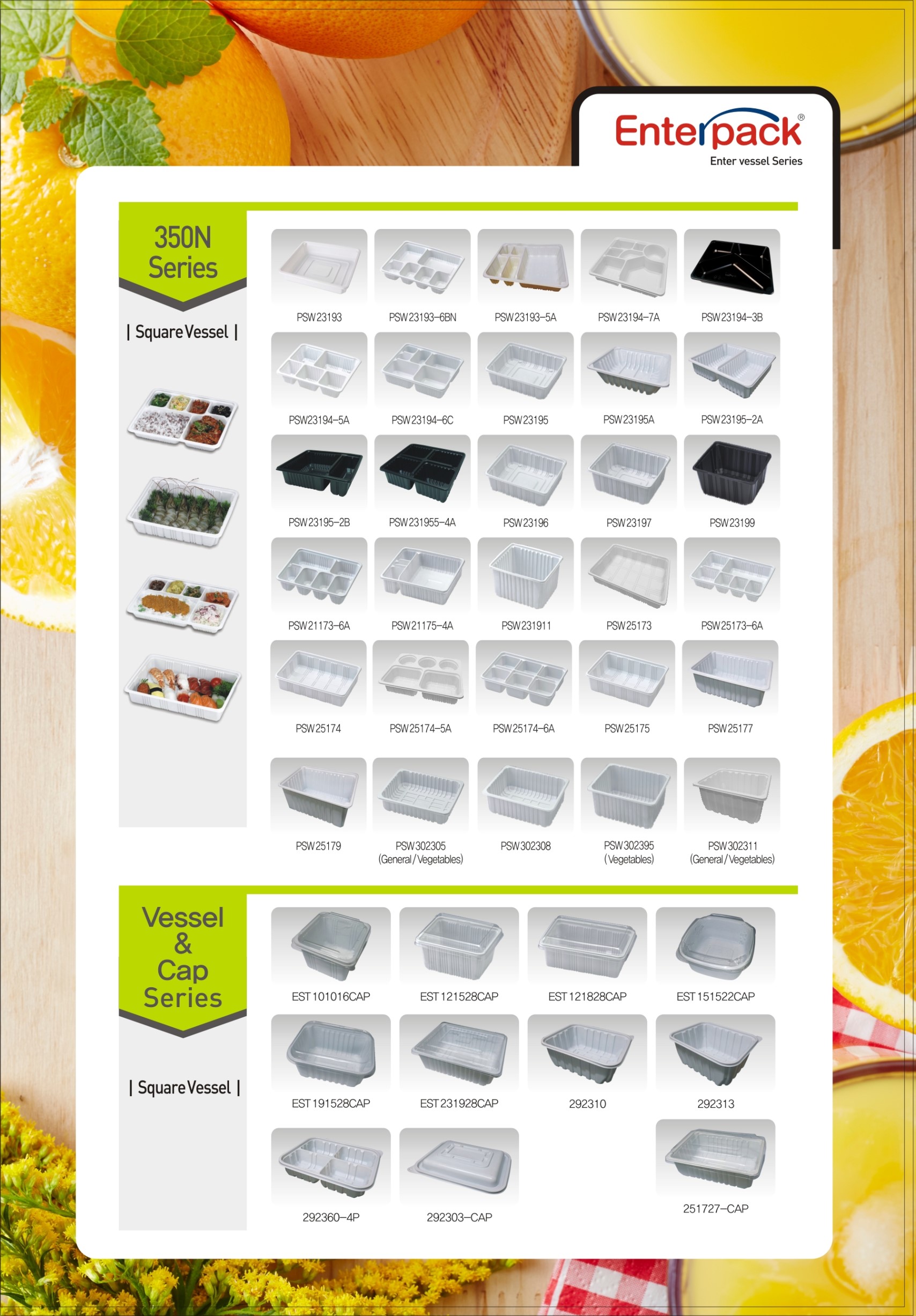



Sorry, the comment form is closed at this time.